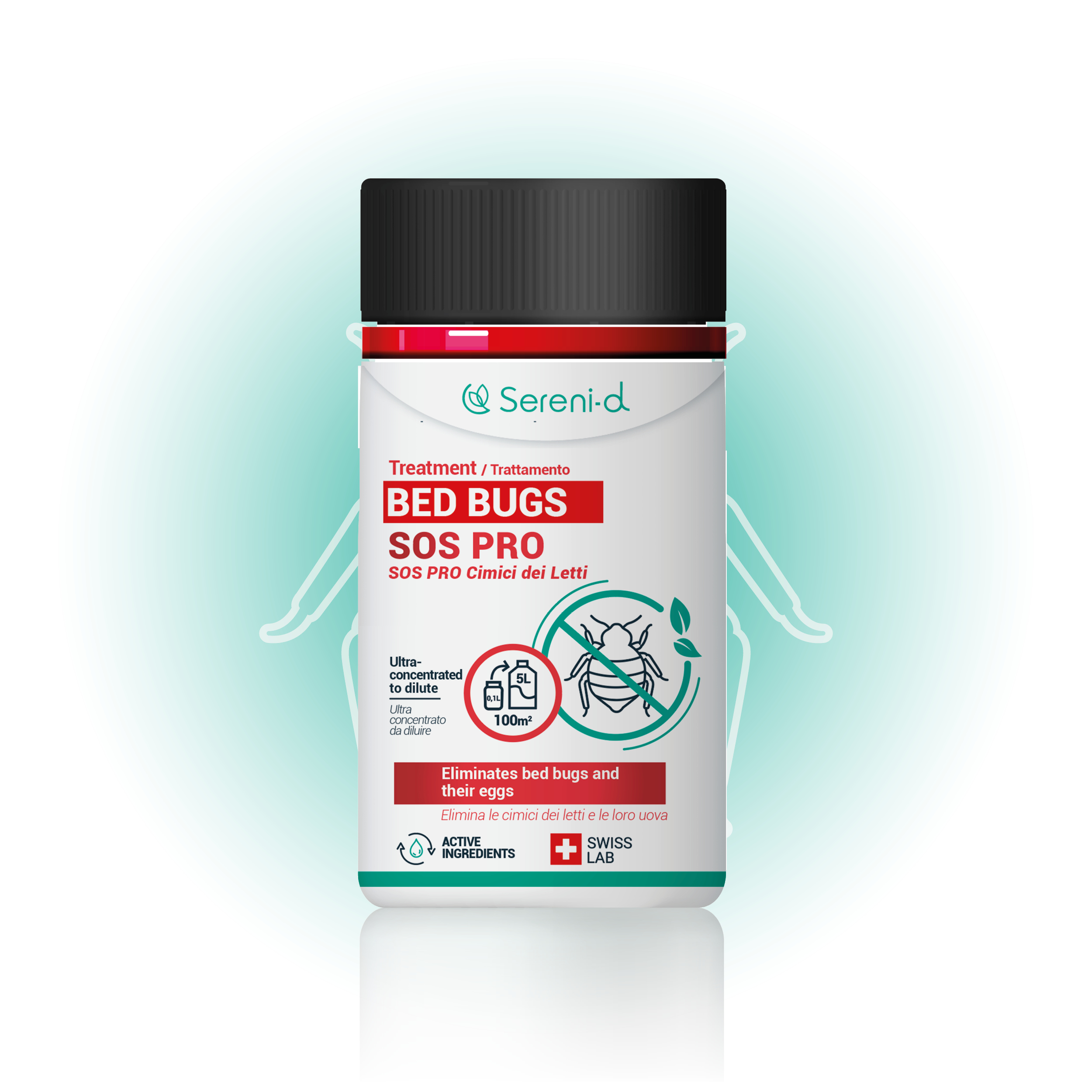What if bed bugs could be killed with a fungus? This is the avenue being explored by student researchers at the Marseille University Hospital Institute. The principle involves using Beauveria bassiana, a pathogenic fungus that penetrates the bed bug’s body and feeds on its host until it dies. Let’s take a closer look at this promising biological control method.
Key points of the article
➡️ Beauveria bassiana is an entomopathogenic fungus that has long been used in agriculture to kill certain harmful insects.
➡️ Students at the IHU Méditerranée Infection in Marseille have developed an innovative trap called Breaking Bugs, which attracts bedbugs with pheromones before infecting them with the fungus.
➡️ The infected bug does not die immediately, giving it time to infect other members of the colony: this is the biological domino effect.
➡️ This biopesticide acts on all stages of development (adults, nymphs, eggs), unlike some chemical insecticides.
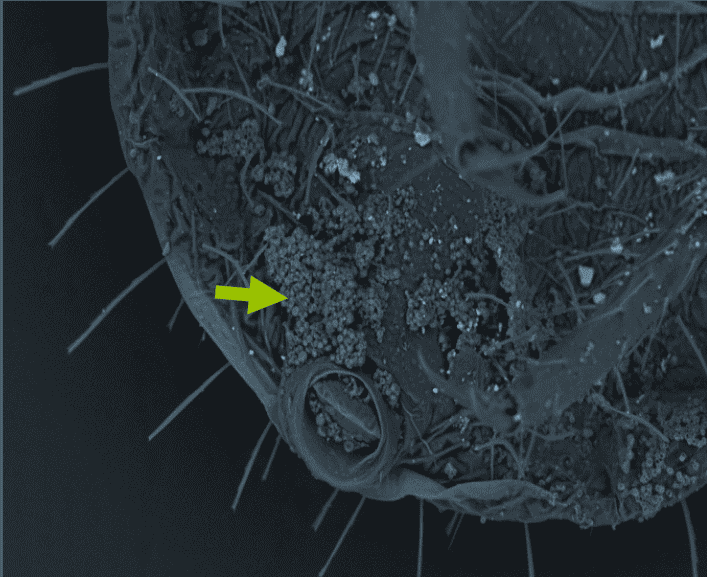
Beauveria Bassiana: an insect-killing fungus
Beauveria bassiana is not like other fungi. Invisible to the naked eye, it occurs naturally in soil and belongs to the family of entomopathogenic fungi, i.e. fungi capable of infecting and killing insects. Its effectiveness is well known in the agricultural world, where it has been used for over a century as a natural biopesticide against crop pests.
But what is less well known is that this fungus could also be a powerful weapon against bed bugs. When an insect comes into contact with the fungus’s spores, they attach themselves to its cuticle (its shell). They then germinate and penetrate the insect’s body using specific enzymes. Once inside, the fungus feeds on the haemolymph (the insect’s blood), multiplies and eventually kills its target, usually within ten days. Unlike conventional insecticides, Beauveria bassiana acts biologically and attacks all forms of bed bugs, whether young or adult.
Breaking Bugs project: an ingenious trap developed by students in Marseille
It was at the IHU Méditerranée Infection research institute in Marseille that a group of biology students decided to tackle one of the most persistent pests in our homes: bed bugs. Their idea? To create a smart biological trap capable not only of killing the insect, but also of contaminating its entire colony. The name of the project: Breaking Bugs.
➡️ Here is a video presentation:
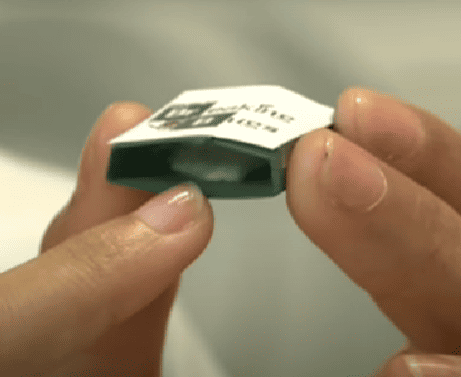
How the trap works
The trap works in three stages:
- Attract,
- Contaminate,
- Disseminate.
To achieve this, the students drew inspiration from the chemical language of the bugs themselves. These insects communicate via pheromones present in their excrement. By reproducing these signals using a genetically modified bacterium (Escherichia coli), the researchers were able to attract the bugs directly into the trap. This is when the second part of the trap comes into play.
Objective: chain contamination
The process is ingenious: once inside the trap, the bug is contaminated by the fungus Beauveria bassiana (which penetrates the insect’s exoskeleton), but it does not die immediately. This delay is intentional. It gives the bug time to return to its hiding place, mingle with its fellow insects… and infect them in turn.
How? Thanks to the fungus spores that cling to its cuticle (its shell). These spores are invisible to the naked eye, but extremely effective. When an infected bug comes into contact with another, it can transmit the fungus, triggering a silent but destructive chain of contamination.
This chain contamination concept makes it possible to reach inaccessible areas where bedbugs hide and target all stages of development: eggs, nymphs and adults.
Unlike conventional insecticides, which kill on contact (and therefore miss hidden bedbugs), this system infiltrates the heart of the colony. Even more promising, students are working to make the fungus more virulent by genetically modifying certain enzymes to accelerate its lethal action and reduce treatment time to just a few days.
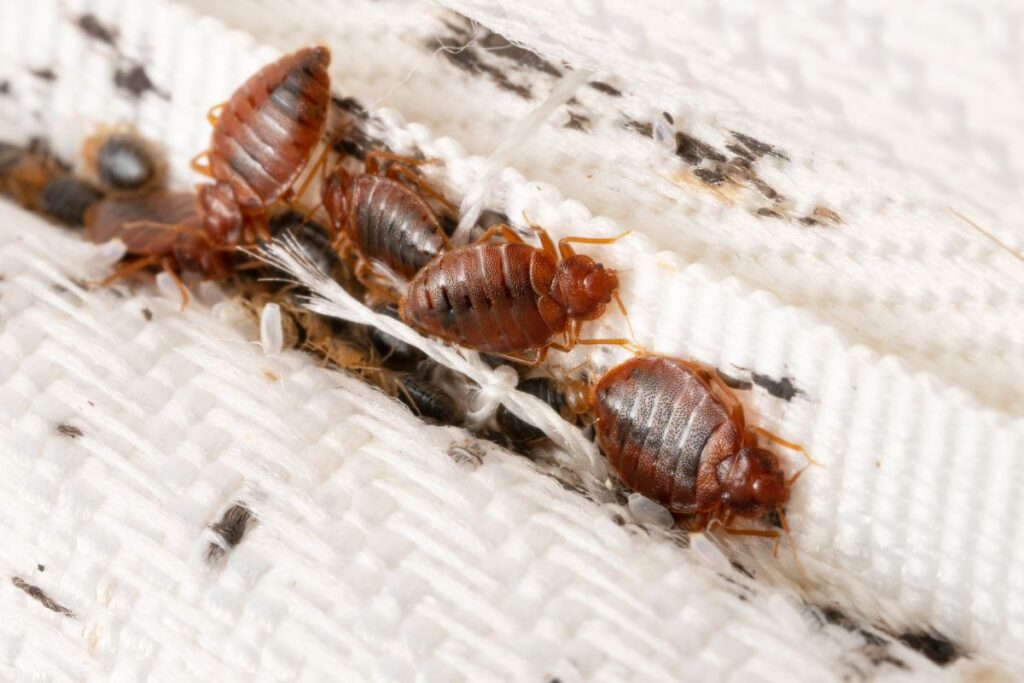
What are the advantages of this method?
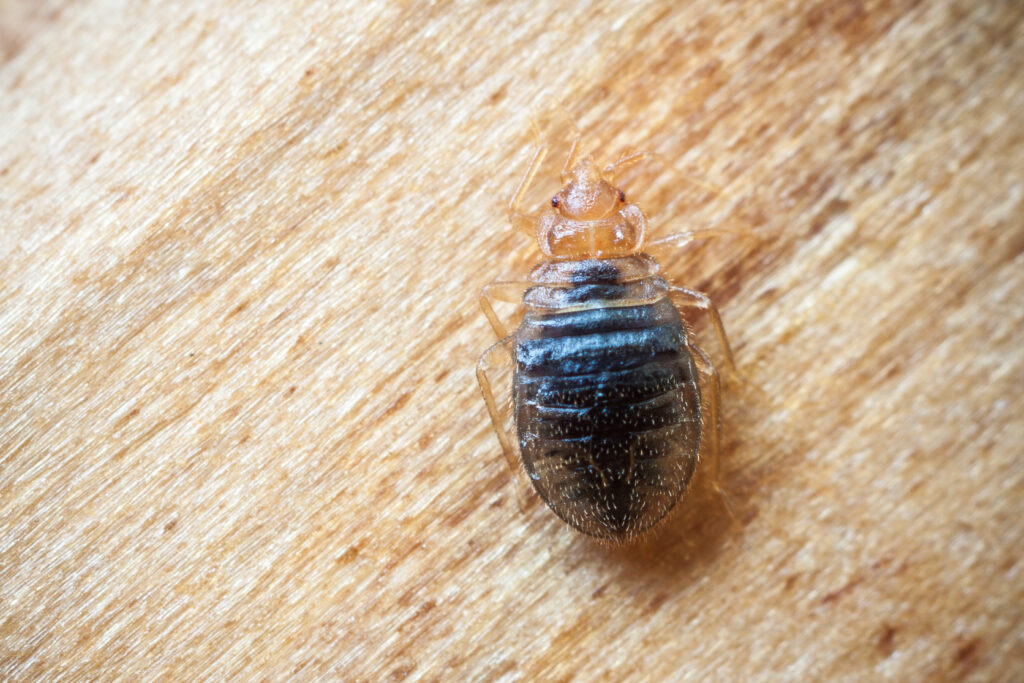
The use of the fungus Beauveria bassiana against bed bugs has several advantages, especially in the face of insects that are increasingly resistant to conventional treatments. Here’s why this biological approach is attracting so much attention from researchers.
1. A natural solution
Beauveria bassiana is naturally present in the soil. This fungus has already been used for years in organic farming to control other pests. It leaves no toxic residues in homes.
2. Effective at all stages of the bed bug life cycle
Killing eggs or nymphs is difficult with traditional treatments. The fungus, however, infects bedbugs regardless of their age, as long as it comes into contact with their cuticle. This allows it to act on the entire colony, including developing individuals.
3. A formidable domino effect
An infected bug can infect its fellow bugs within their hiding place. This is called horizontal transmission. As a result, even bugs that have never set foot in the trap can be affected. The entire colony can thus be eradicated without direct contact with the treatment.
4. Bypasses insecticide resistance
In recent years, bed bugs have developed significant resistance to traditional insecticides. Chemicals that were once effective are now struggling to completely eradicate infestations. As a result, treatments are longer, more expensive and, when doses are increased, toxic to humans and the environment. Beauveria bassiana gets around this problem: its action is biological and mechanical, making it impossible to counteract through mutation or genetic selection.
➡️ See also: Diatomaceous earth: an effective solution against bed bugs.
5. Adaptable and potentially inexpensive
Thanks to the use of genetically modified bacteria (such as Escherichia coli) to produce pheromones or strengthen the fungus’s enzymes, this method could be produced on a large scale at low cost once trials have been finalised.
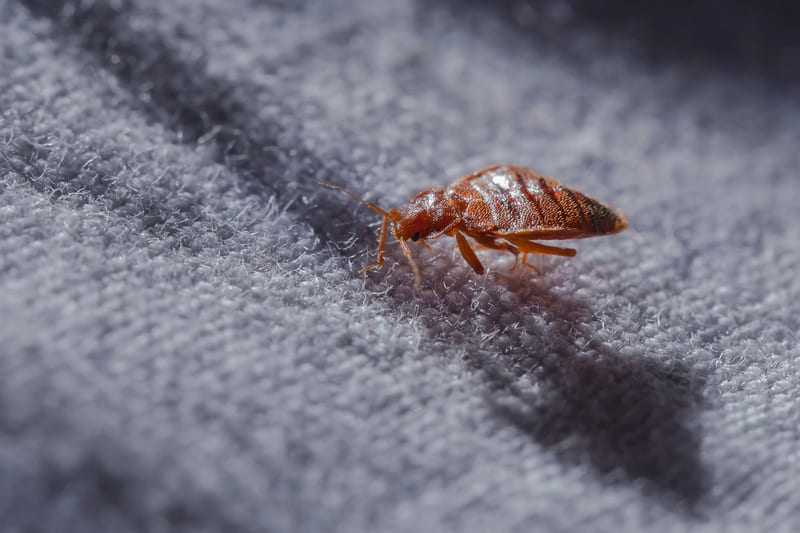
Challenges to be overcome before commercialisation in France
Although the Breaking Bugs project has attracted considerable interest, its large-scale deployment in France is not yet on the agenda. Several obstacles must be overcome before it can be commercialised:
- Real-world testing: To date, experiments have been conducted in the laboratory. Field trials are needed to assess the device’s effectiveness in varied and complex environments.
- Regulatory approval: In France, the use of biopesticides such as Beauveria bassiana requires specific authorisation. The approval process can be lengthy, involving extensive studies on the product’s safety and effectiveness.
- Large-scale production: Manufacturing the trap involves advanced biotechnological processes, including genetically modifying bacteria to produce pheromones. Establishing a reliable and economical production chain is a major challenge.
While France is exploring this innovative avenue, Canada has already adopted a similar approach with the product Aprehend®. This biopesticide, based on Beauveria bassiana spores, is used by professionals to control bed bug infestations. In spray form, it can be applied to surfaces where bed bugs are likely to pass, such as baseboards and bed frames.

